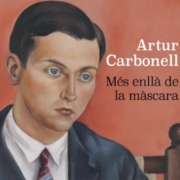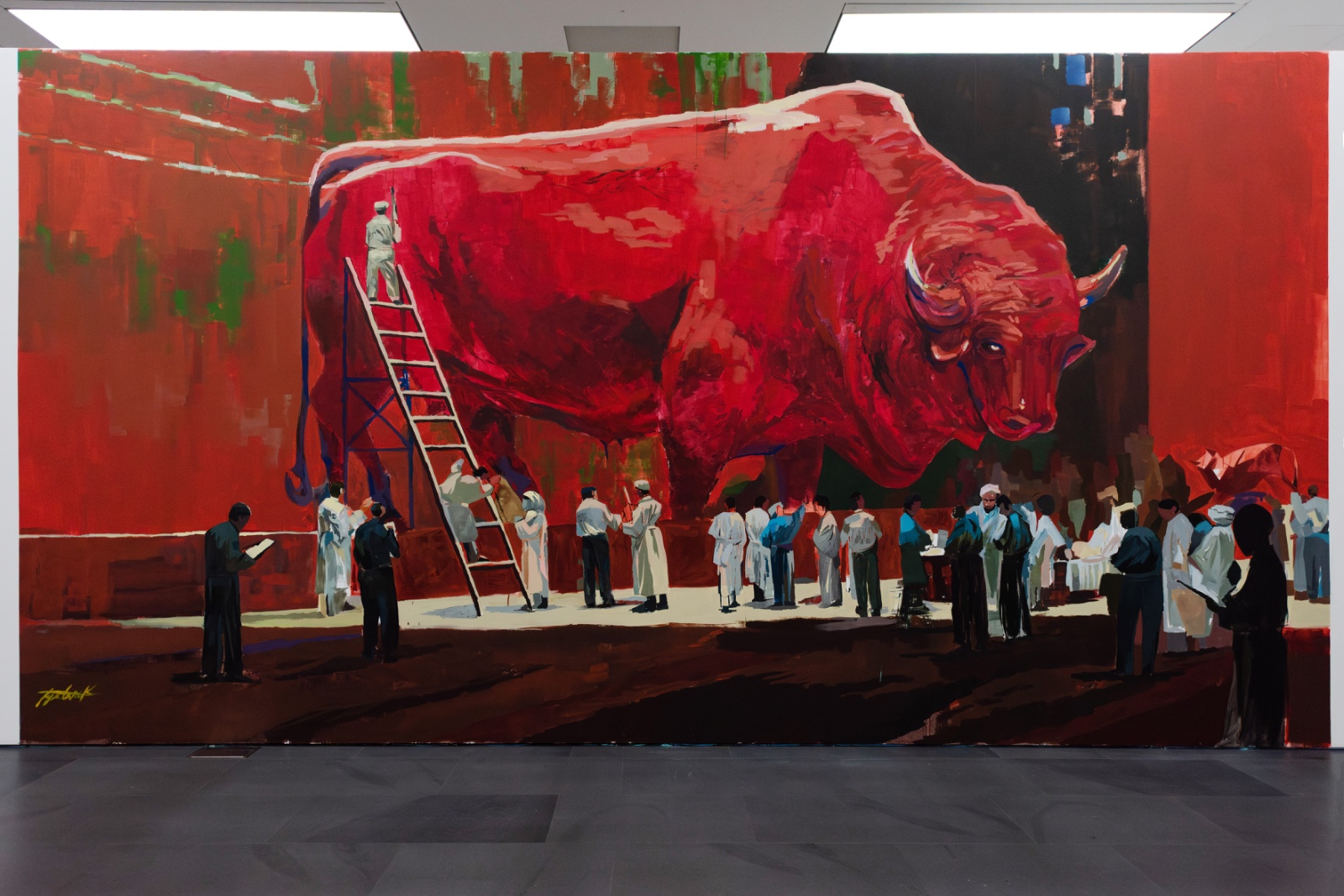Exhibitions
Interwar Germany
The Weimar Republic and the revolution of modernity at the CaixaForum in Barcelona.
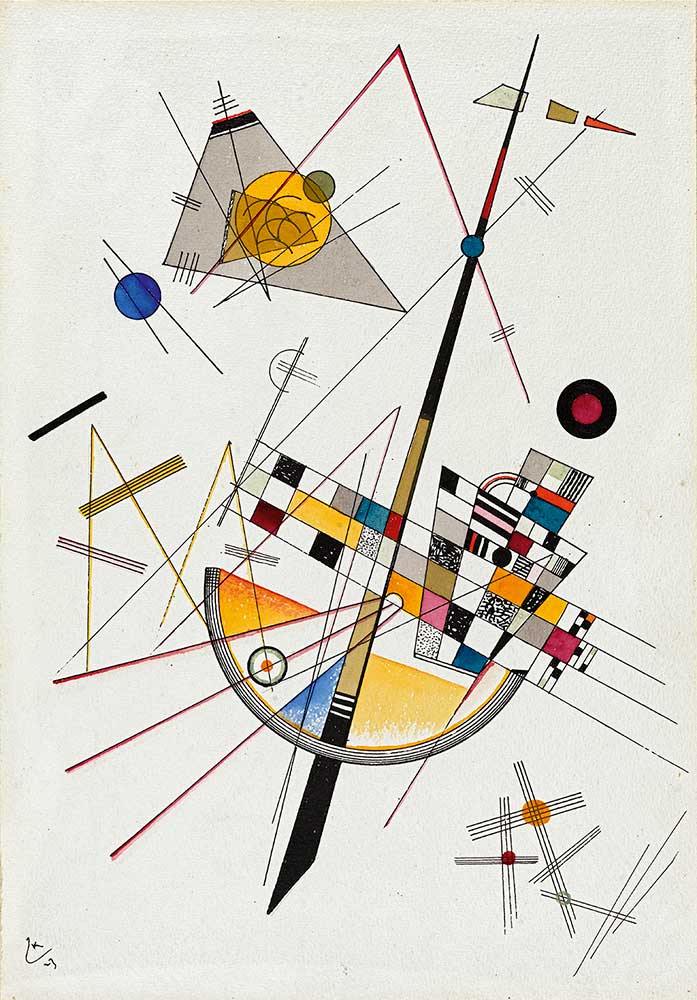
The Weimar Republic (1919-1933) shook up previously unquestionable concepts in German society: gender roles, music, the notion of authority, the workers' struggle, architecture, quantum physics, aesthetics and even technology as an artistic expression. Everything was subject to a critical and renewing review. Uncertainty became the spirit of the times and the paradigm shift opened the doors to the current way we understand reality. Through photographs, painting, sculpture, scenography, music, interactive games and projections, this transversal and multidisciplinary exhibition offers a transversal vision of the rich period in which figures such as Thomas Mann, Käthe Kollwitz and Otto Dix lived and stood out. Transformations, major crises, profound instability, tensions and opportunities, in a dialogue between the past and the present.
 El segle XX, Sándor Bortnyik (1927). © Museo Nacional Thyssen- Bornemisza
El segle XX, Sándor Bortnyik (1927). © Museo Nacional Thyssen- Bornemisza
The exhibition Uncertain Times. Germany Between Wars revives the cultural, creative and intellectual flourishing of the Weimar Republic, a period marked by uncertainty and instability, but also synonymous with creation and progress with influences that reach to this day. The exhibition recreates the vast universe of the Weimar Republic, a fundamental chapter in European and world history that has transcended as a reference for change. The exhibition stands out for its multifaceted perspective and the plurality of museographic languages that appeal to the senses of visitors to transport them to the universe of the Weimar Republic. It does this through scenography, music, audiovisual language and participation, in addition to also showing nearly ninety works together with audiovisual and musical pieces.
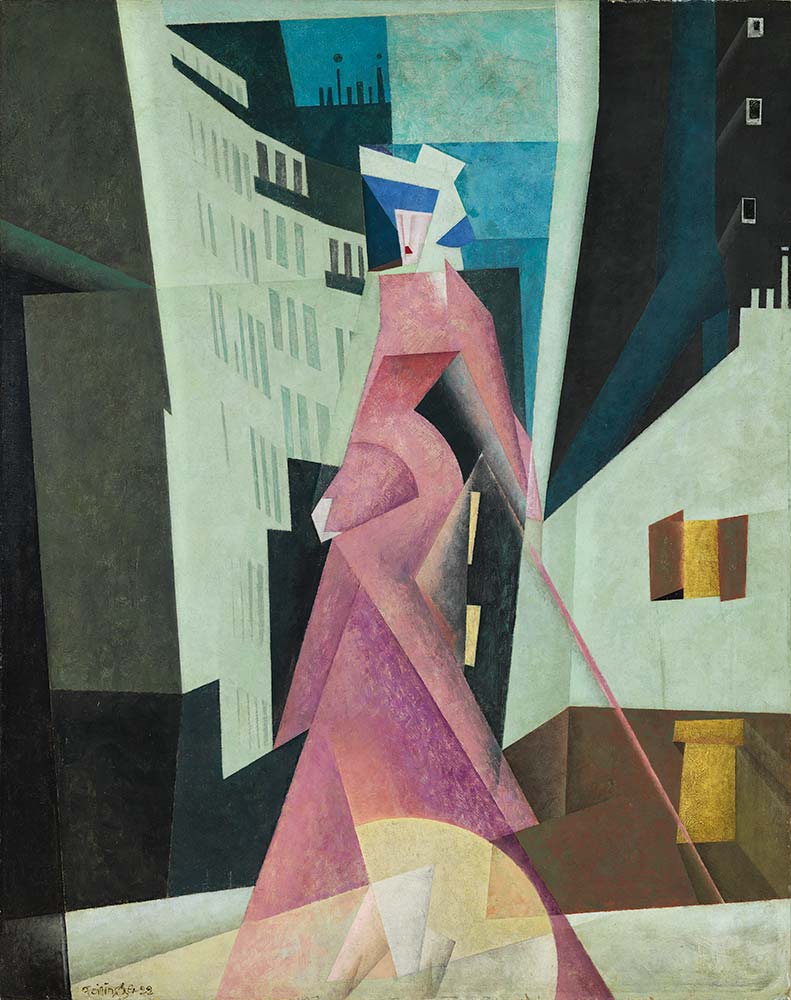 La dama de malva, Lyonel Feininger (1922). © Museo Nacional Thyssen- Bornemisza
La dama de malva, Lyonel Feininger (1922). © Museo Nacional Thyssen- Bornemisza
The first major area places the audience in the times before the First World War in a bourgeois salon inspired by the novel Buddenbrooks, by Thomas Mann. The second explores the internal tensions and questioning of the old certainties that occurred during the Weimar Republic: the representation of the human body, the individual and the phenomenon of the masses, the Roaring Twenties and the economic crises, the new gender roles, the union of art and technology at the Bauhaus, the musical innovation and diversity of these years, uncertainty as the principle of science, the discrediting of reason in philosophy and the end of the democratic dream. The last area proposes a reflection, a century later, on the uncertainties of this period and how they reverberate to our world today.
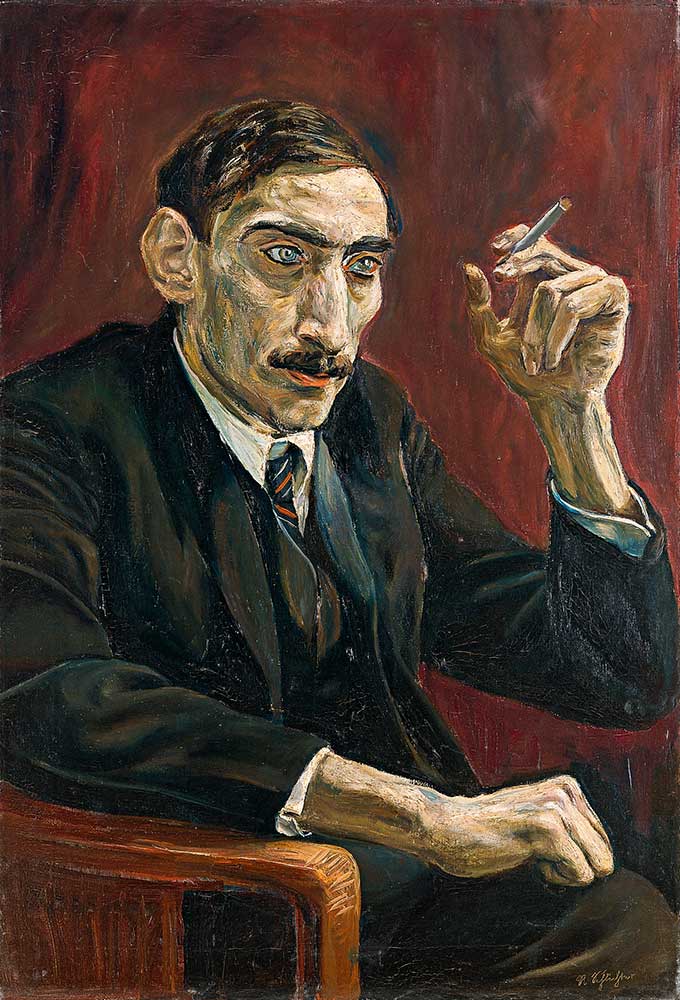 Retrat d'un periodista de l'est, Rudolf Schlichter (1923-1924). © Museo Nacional Thyssen- Bornemisza
Retrat d'un periodista de l'est, Rudolf Schlichter (1923-1924). © Museo Nacional Thyssen- Bornemisza



